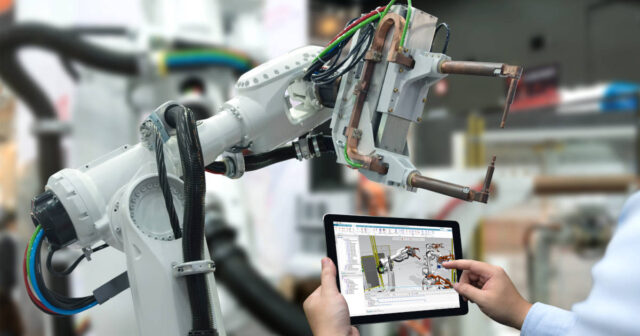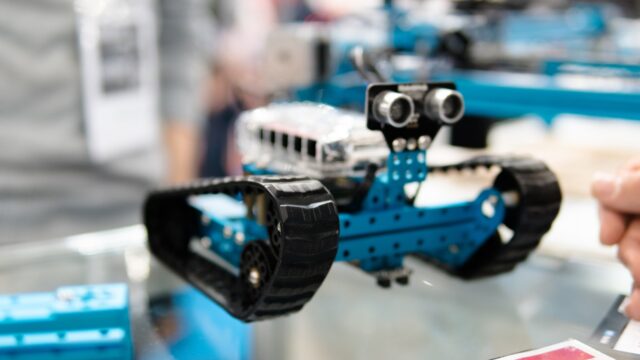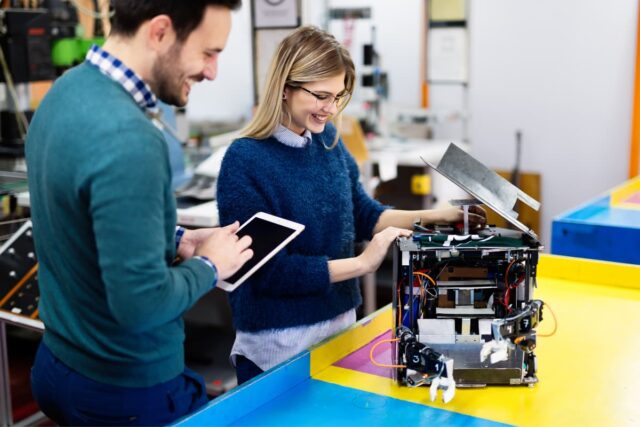
Robots have come a long way since their invention in the early 20th century. They are now used extensively in manufacturing and other industrial applications. Their ability to interact with their environment and carry out complex tasks makes them indispensable in many industries. Electronics play a vital role in the functioning of a robot.
This article will discuss the different types of electronic components used in robotics and their purpose. We will also look at some challenges in designing electronic circuits for robots.
How do electronics play a role in robotics, and what are some common examples?

A robot is an electronic or mechanical device programmed to perform tasks and functions autonomously without human intervention. They are typically made up of electronic components such as sensors, actuators, motors, and microprocessors which work together to allow them to interact with their environment and carry out instructions.
Electronics play a key role in robotics, as electronic components provide the robot with intelligence and control. Sensors are electronic devices that measure physical attributes such as temperature, pressure, light levels, or sound and convert them into electronic signals that the robot’s microprocessor can interpret.
Actuators are electronic devices that convert electronic signals into physical movement or action. Motors are electronic devices used to generate movement and force. Microprocessors are electronic circuits that store and process data for the robot to function.
Robots can also be programmed using software such as C++ or Java, allowing them to carry out more complex tasks such as navigation or object identification. In this case, electronic components like sensors, actuators, and motors provide the robot with data and allow it to interact with its environment.
What challenges must engineers overcome when designing electronics for use in robots?

Designing electronic circuits for robots is challenging as it involves integrating various electronic components and programming them to work together. It can be difficult, as the electronic components must be designed to withstand high vibration levels, harsh environments, and temperature fluctuations. Additionally, the electronics must be programmed to interpret data correctly and execute the robot’s instructions efficiently.
In addition, engineers must also consider electronic components’ size, weight, and power requirements when designing electronic circuits for robots. It is vital as electronic components can be bulky and too large to fit within a robot’s body, or they may require more power than the robot can provide.
Finally, electronic components must be designed safely, as robotics often involves interacting with humans and other electronic systems. It means electronic components must be designed so that they do not cause harm to either people or property if something goes wrong.
How has the role of electronics changed over time in robotics development and design?

The role of electronics in robotics has changed significantly over the years. In the past, electronic components were used mainly for basic tasks such as sensing and data gathering. However, as technology has advanced, electronic components are now being used to control a variety of more complex tasks, such as object recognition and navigation.
Furthermore, electronic components have become increasingly more powerful and efficient over time, allowing them to be used in more miniature robots. It makes it possible for electronic components to serve a broader range of functions, including vision processing, facial recognition, and speech analysis. Additionally, electronic circuitry can now be designed with much greater precision, which means it can respond faster and more accurately than before.
Conclusion
The role of electronic components in robotics is essential as they provide the robot with intelligence and control. Electronic components allow the robot to interact with its environment, measure physical attributes, convert electronic signals into movement, store and process data, provide power and ensure safety.
As technology advances, electronic components become increasingly powerful, efficient, and precise, allowing them to be used for more complex tasks such as object recognition and navigation. The role of electronic robotics development and design is constantly changing as electronic components become more advanced. Thus, electronic components will continue to play a critical role in robots’ ability to perform intelligent tasks.







